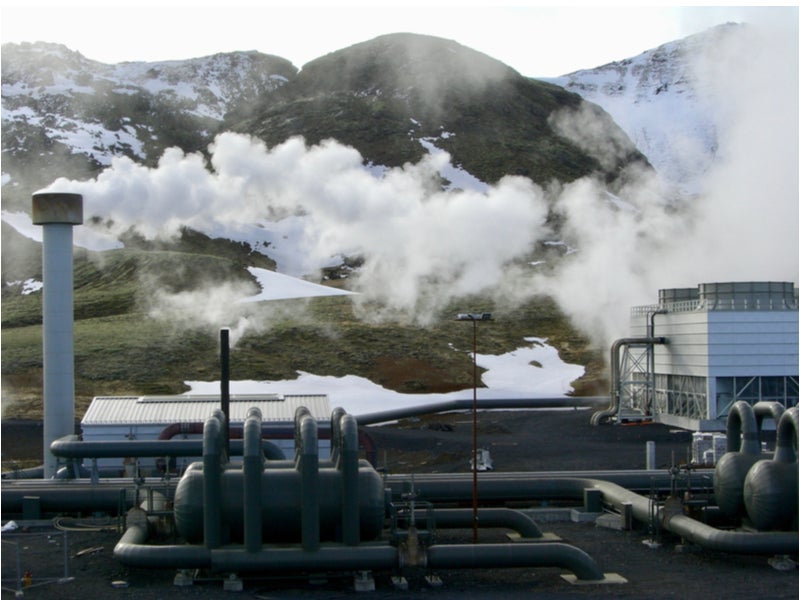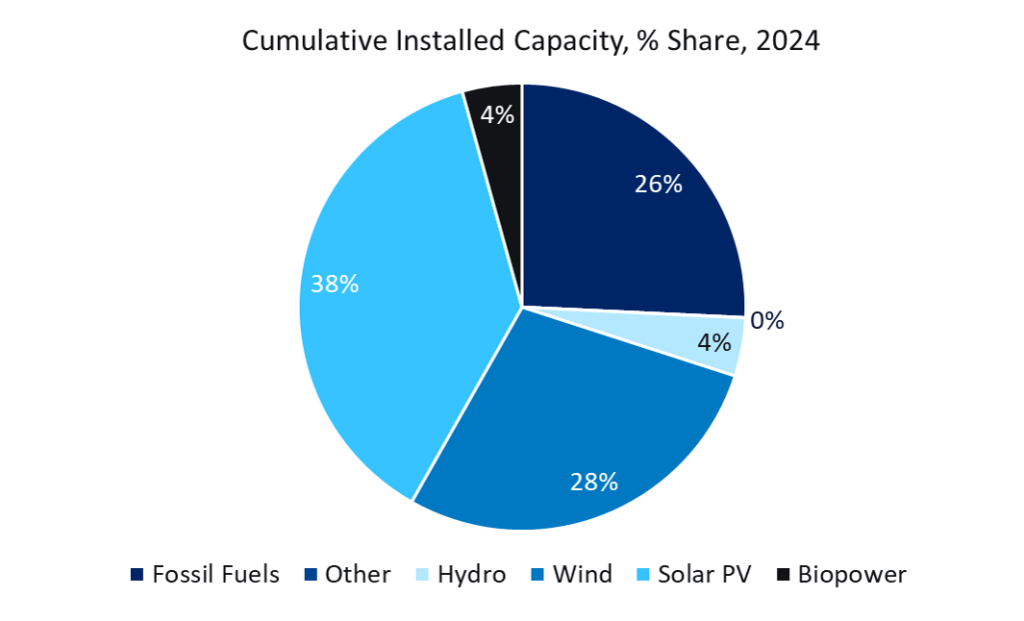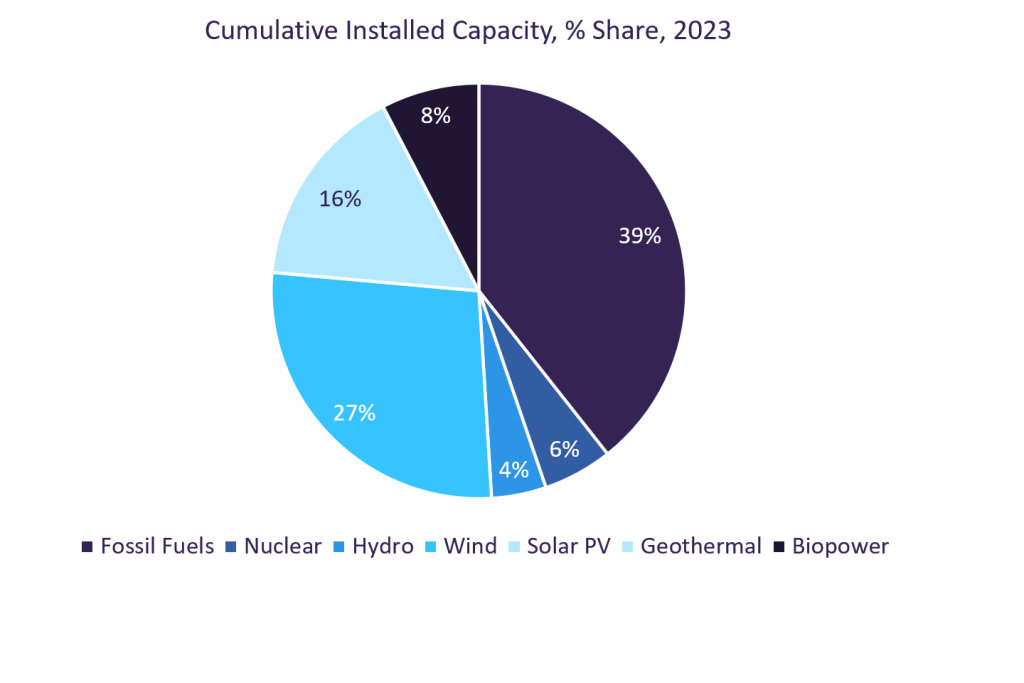Hydrogen remains the most abundantly available and commonly known element in the universe and it will become a game changer by being the source of cleaner power (zero-emission fuel) on a massive scale. Hydrogen is light, storable, energy-heavy, and does not produce direct carbon emissions or greenhouse gases (GHG). Sectors such as soil refining, ammonia production, methanol production and steel production use hydrogen extensively.
Listed below are the key macroeconomic trends impacting the hydrogen industry, as identified by GlobalData.
Focusing on costs
Hydrogen production from low-carbon energy is currently expensive. Green hydrogen could cost approximately $6/kg now, which makes it considerably more expensive than fossil fuels. However, renewable power generation or nuclear power generation can serve as an alternative to electricity from fossil fuels for the production of hydrogen. With the cost of renewables decreasing, specifically solar PV and wind power, interest in electrolytic hydrogen is increasing. With a drop in the costs of solar PV and wind power generation, setting up electrolysers at places that have significant renewable resources can serve as a low-cost supply alternative to hydrogen.
How well do you really know your competitors?
Access the most comprehensive Company Profiles on the market, powered by GlobalData. Save hours of research. Gain competitive edge.

Thank you!
Your download email will arrive shortly
Not ready to buy yet? Download a free sample
We are confident about the unique quality of our Company Profiles. However, we want you to make the most beneficial decision for your business, so we offer a free sample that you can download by submitting the below form
By GlobalDataHydrogen is not yet cost effective – which makes it a barrier
Currently, emerging hydrogen applications are not cost effective. According to California Fuel Cell Partnership, which is a public-private partnership that promotes hydrogen vehicles in California, hydrogen fuel prices vary from $12.85/kilogram (kg) to more than $16/kg, and the price averages $13.99/kg (which corresponds to a price per energy basis of $5.60 per gallon of gasoline), that amounts to an operating cost of around $0.21/mile. While the future hydrogen fuel price is not known, the National Renewable Energy Laboratory (NREL) roughly calculates that hydrogen fuel prices could drop to $10 to $8/kg during the 2020-2025 period.
Fuel Cell Electric Vehicles (FCEVs) are associated with higher capital costs when compared with Battery Electric Vehicles (BEVs), with $60–75k for FCEVs such as Toyota Mirai or Hyundai ix, when compared to $25–30k for BEVs such as Renault Zoe or Nissan Leaf. The International Energy Agency (IEA) analysis states that hydrogen production costs from renewable energy sources could drop 30% by 2030 due to decreasing costs of renewable energy sources and increasing hydrogen production.
Demand-side flexibility
Hydrogen can help enhance the growth potential of renewable electricity considerably and widen the reach of renewable energy solutions. Electrolysers can provide flexibility to the grid from the demand-side. Countries in Europe such as the Netherlands and Germany are looking into the limits of electrification in the future in their end-user sectors, which can be done away with by the use of hydrogen. Hydrogen can also find applications in seasonal energy storage. Low cost hydrogen is an essential prerequisite for harnessing these synergies.
This is an edited extract from the Hydrogen – Thematic Research report produced by GlobalData Thematic Research.











Related Company Profiles
IEA INC.
Hyundai Corp
Toyota AG
California Fuel Cell Partnership